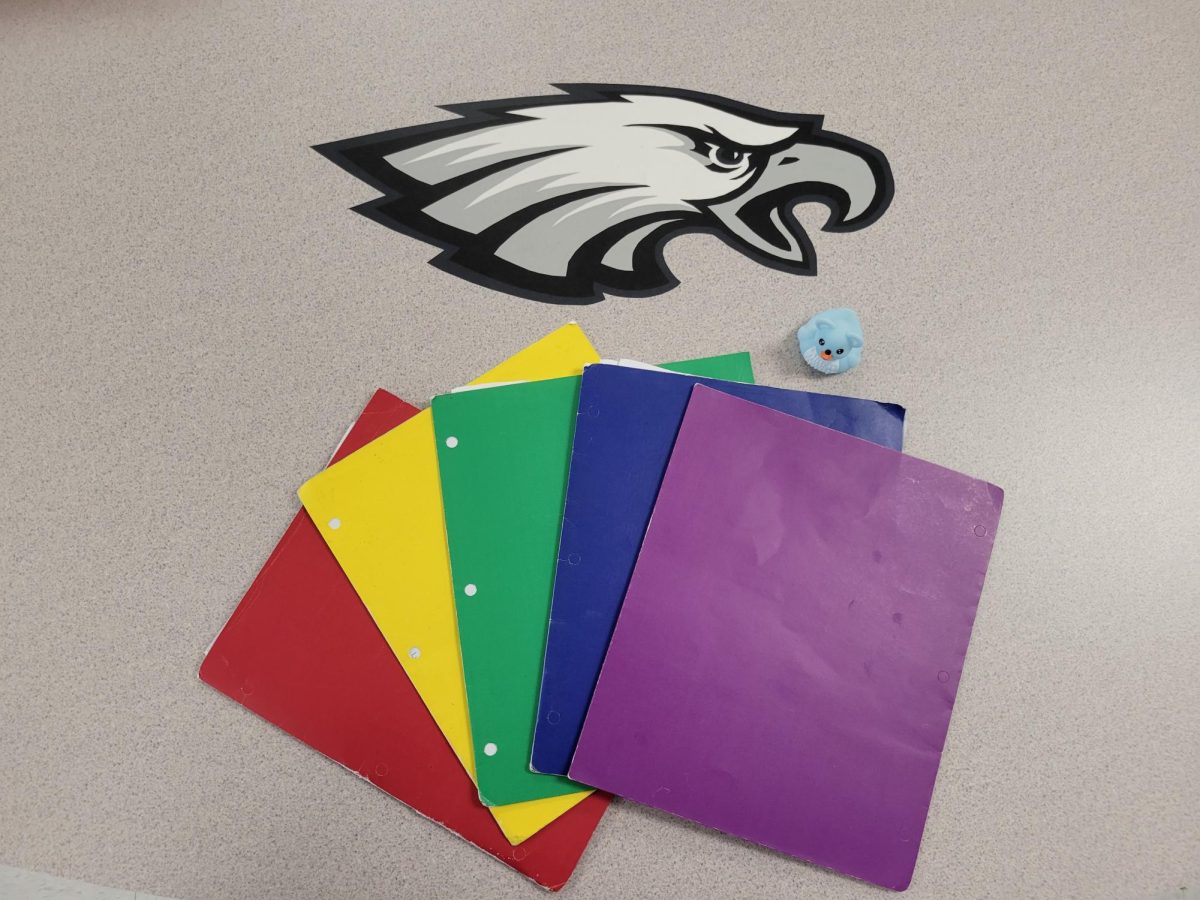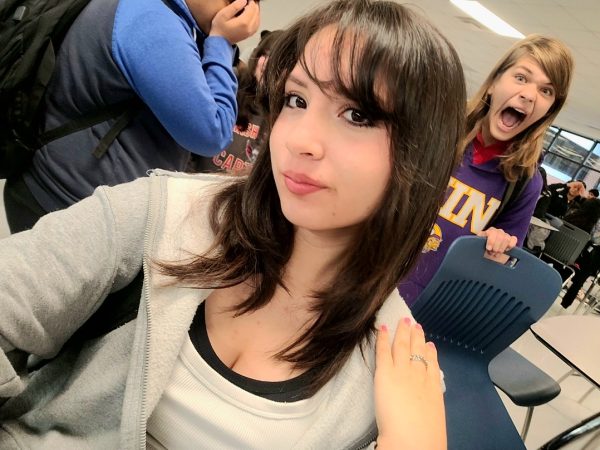OHS has tons of wonderful art-related courses that any student could join, but one in particular that catches my eye is the honors art elective specifically because of its very lengthy and troublesome application process. The process consists of first applying to a form, then receiving an email, then applying and sharing your artwork and information about yourself, and then finally waiting about a month or so to receive a letter in the mail to see if you made it in or not. However, the process can be very challenging to people, especially to those who are new to the process, so let’s see what feedback experienced applicants have to share!
First off, what is the motive behind honors art? As in what are the benefits, what is covered in the elective, and who is honors art made for? Let’s take a look at what one of this year’s honors art teacher, Mr. Clark, has to say: “Consider what you want to do with your art. Honors is typically for those who want a career with it rather than over a hobby, something they want to continue in a collegiate and professional level. Also it is a rigorous course, so there is a decent amount of writing and there will be at least 6-7 portfolio pieces created per year, so also bear that in mind.”
Now with that useful information out of the way, the most important part of the process is submitting the art you are willing to share to the art staff, but the difficult part there is really choosing what art to represent your skills. Let’s take a look at what some applicants shared for their artwork pieces.
“I submitted 6 hand drawn artworks, and two computer-made ones,” said freshman Derek Vuong
“Don’t remember exactly which pieces I submitted, but I submitted a couple of landscape studies I did, along with character design and a wearable costume,” said freshman Matt Dalmas
“I draw in a bit of a cartooney style with some realism, and I added in artwork that is more in techniques such as shading, value, and graphite as such,” said Christopher Escobar Bonilla
“I did digital art and I did some traditional art such as acrylic paintings,” said Oprah Sesay
One thing I can say for sure is that the art staff looks for variety in their submissions as said before by them countless times, “Variety, we look for variety in the application forms,” said Clark. Not trying to imply that you should abandon your style of art to do other different types of artwork, but keep in mind that staff looks for people who can have flexibility and such.
Besides variety, staff also wants to see if you’re an original artist that is willing to experiment with different styles, “We want to see the artists own style not just recreating art that has already been done and seeing experiments with different medias, a lot of about being your own artist is coming up with your own style and techniques and taking what you learn from other artists but still making it your style,” said Foundations Art teacher Ms. Bosarge.
Now that we have taken a look at what is recommended for your portfolio submission, lets see what were other challenging parts for our applicants, more specifically their hardest and easiest part of the process.
“The hardest part was honestly just meeting the deadlines, but besides that it was pretty easy,” said Christopher
“The hardest part was getting to the submission form. Choosing the pieces I wanted to submit was a piece of cake, writing my artist’s statement was a little tough, but overall the portfolio submission itself was pretty easy,” said Matt.
“Yeah. There’s a big lack of communication in the portfolio submission process for sure, for starters, my counselor was provided with the incorrect deadlines for when forms were due. Also, if you don’t have an art class, it’s a lot more difficult to get the proper information you need to get in. My experience with the program while still at Metz was messy too, I asked my teacher multiple times during the end of the year about how to get in, but I was never provided any details because he hadn’t gotten any either,” said Matt.
“The application process honestly wasn’t very difficult, it was just compiling all the pieces that sort of was hard,” said Oprah.
A common problem is the deadlines during the process. During the process, there are about 2 or 3 deadlines that you have to meet. A common problem for people is that they don’t look at the information or even receive the correct information regarding deadlines. It is recommended that students talk with an art teacher in school to help them out during this process.
Besides knowing what material to submit, the process, in general, is very hard and extensive for some students. “It took me a while to really decide on what I wanted to share. It was hard to choose what looked good enough,” said Derek.
So another thing to be prepared for is knowing and choosing what works you are willing to share. This process can take a while, so be prepared weeks in advance so that you’re not later struggling to know what to choose. “Practice and master the skills and techniques of the medium that you prefer,” said Ms. Bosarge.
Now let’s put away what our applicants struggled to do, and look into what they actually recommend.
“Communicate with the people running it. Communication is key so you know when deadlines are and if you’re doing everything right. If you can’t contact the head teacher, or don’t know who they are, ask your counselor about it. I’d advise getting your information straight from the art teachers though,” said Matt.
“Pace yourself with projects and work on one thing at a time,” said Oprah.
“Meet the deadlines and make sure to do something that you already like. If you have a certain art style, just stick to that certain art style,” said Christopher.
“If you want to apply for honors art, try to have a bit of variety for your art. It’ll make whoever is looking at your art know that you’re comfortable with a bit of experimentation,” said Derek.
“I would say make sure to read the directions! Some of the students don’t put their work in the right folder, or some didn’t read the directions for the artist statement regarding what they needed to include. Ask other people for feedback on what they should submit, especially teachers. And please make sure to keep up with the deadlines,” said Ms. Bosarge.
Are you interested in taking honors art next year? Let us know your thoughts in the comments!















astrid herrera • May 7, 2024 at 1:09 pm
I’ve been interested going to honors art, I submitted an apply awhile ago and they called me back but I kinda forgot about. I’ve recently been thinking again of reapplying but I think it’s too late. I feel most other art classes don’t help me improve since I know most of the fundamentals and I really wanna improve on other things like perspective. I feel like honors classes in general have more work and come with responsibility (which I lack, cuz im lazy).
Michelle McDonell • May 2, 2024 at 11:50 am
Amazing article as always, Allison. I take a few fine arts classes, but I’m not interested in honors art. I like writing more, myself. This advice is definitely helpful for the people who want to apply, though!